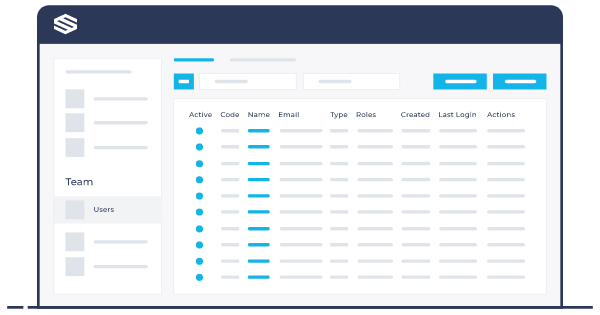25 Stats for Real Estate Companies in 2021

The real estate industry is one of the biggest industries in the world. It’s also one of the oldest— as houses have been built since time immemorial. But with technological changes ongoing and disruptions in the market existing, how will the real estate industry fare in the next few years?
Here, we’ve compiled 25 stats for you to check out. We’ll also briefly explain how CRM is used in real estate and how you can leverage growth by using one. So let’s get started with stat number 1.
US Real Estate Statistics
Let’s check the stats of one of the world’s largest real estate industries— the US.
According to the National Association of REALTORS®, around 5.64 million existing homes were sold in 2020.
According to the U.S. Census Bureau, around 822,000 newly constructed homes were sold in 2020.
Around 106,548 real estate brokerage firms were acknowledged operating in the US in 2017.
According to the 2020 Profile of Home Buyers and Sellers, the typical home seller is reported to be living in their home for 10 years. The typical home size is said to be 1,900 square feet. And the typical homeowner is 47 years old.
Realtors and Technology
Let’s check how realtors implement their workflows using technology.
According to the National Association of Realtors, 93% of their realtors prefer to communicate with clients through SMS, 90% through the telephone, and 89% through email.
Websites are also important tools to advertise the business and generate leads, with around 70% of broker/broker associates and 69% of sales agents reporting to own a website.
About 81% of members have their own listings on their website, 69% have information about buying and selling, and 66% have a link to their firm’s website.
Social media sites are also important marketing channels, with 74% of realtors reporting to have used Facebook (56% have used LinkedIn) to conduct their operations.
Social media campaigns have been successful so far, with 20% of members reporting to have gotten at least 1 to 5% of their business from social media, and 10% of members have gotten 6 to 10% of their sales from social media platform(s).
Check out how you can record potential home buyer’s data in a clean, systematic way here:
Home Buyer Statistics
Important stats about potential home buyers.
First-Time Buyers:
First-time buyers: 31%
Median age of first-time buyers: 33
Median household income of first-time buyers: $80,000
Repeat Buyers:
Repeat buyers: 69%
Median age of repeat buyers: 55
Median household income of repeat buyers: $106,700
Houses that were typically purchased were about 1,900 square feet in size, were built in 1993, and had three bedrooms and two bathrooms.
Buyers typically financed 88% of the home price.
There has been an increase in homes purchased through real estate agents or brokers— with 88% reported in 2020 from 69% in 2001, an estimated 19% increase in around 20 years.
Buyers report that they have found the home they purchased through:
the Internet: 51%
a real estate agent: 28%
a yard sign/open house sign: 7%
a friend, relative, or neighbor: 6%
a home builder or their agent: 5%
directly from sellers/knew the sellers: 3%
Home Seller Statistics
Important stats about home sellers.
In 2020, many home sellers were reportedly 56 years of age, had a median household income of $106,500, and lived in their homes for an average of 10 years.
Around 89% of sellers were assisted by a real estate agent when selling their homes.
Homes that were sold were reportedly listed on the market for an average of 3 weeks.
Around 41% of sellers who used a real estate agent found their agents through a referral by friends or family.
About 26% used the agent they previously worked with to buy or sell a home.
Around 74% of sellers reported that they would definitely use the same agent again.
CRM in Real Estate
Stats about real estate agents or companies that use CRM in their day-to-day operations.
Around 60% of real estate agents who earn at least $100,000/year use a CRM software.
The Real Estate Management Software Market is expected to hit $12.89 Billion by 2025.
Reports show that each dollar invested in a CRM solution, even for real estate, brings an $8.71 return.
Around 26% of real estate professionals report that they are more productive when using a Customer Relationship Management (CRM) software.
How is CRM used in Real Estate?
Real estate agents and companies use a CRM to organize their sales process. This helps them improve the efficiency in dealing with multiple leads and clients, as well as managing client relationships.
CRMs, when properly used, allow real estate agents and companies to establish good relationships with potential buyers as well as with sellers. The technology helps them gather information about a specific buyer’s needs and preferences, and match listed properties according to their interests.

Saphyte lets users systematically gather information about their leads and clients’ needs, preferences, and interests, so they can personalize their service at the end of the day.
CRMs like Saphyte also let real estate agents automatically send them content via email that are relevant to the buyer’s profile. This improves real estate agents and companies’ ability to generate leads, convert those leads fast, and increase their sales.